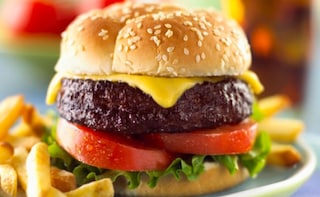Could your brain ever want broccoli over brownies? If you’re done dishing out all explicit synonyms of “hell, no”, hear me out. Sadly, and much to the contentment of your taste buds, junk food companies have cracked the perilous code of flavour science. They’ve taken this science to extraordinary levels, magically mixing in the exact ratio of sugars, salts, fats and other chemicals that appeal to your psychological and physical reactions. In other words, these carefully orchestrated flavors make you go “How is this soooo good, what sorcery is this? Must. Buy. More.”
Advertisement
Advertisement
Advertisement
Advertisement
For the latest food news, health tips and recipes, like us on Facebook or follow us on Twitter and YouTube.
Advertisement
Tags:
